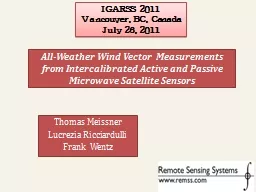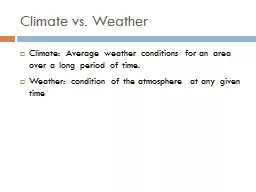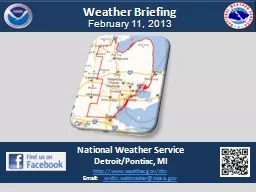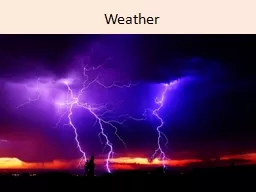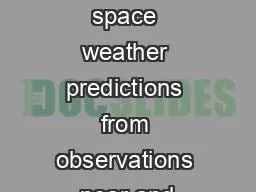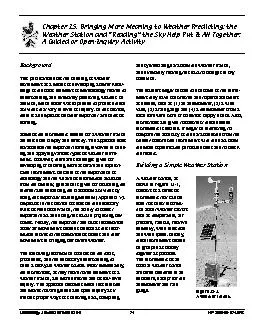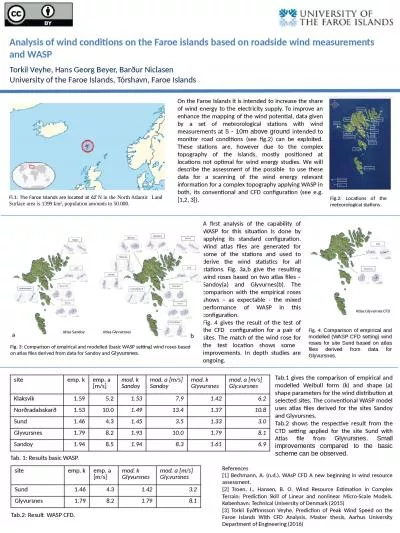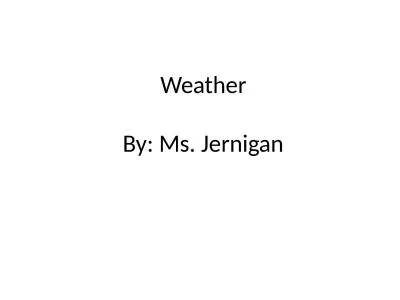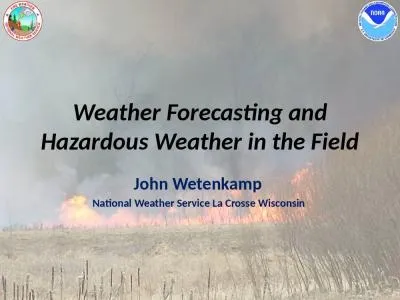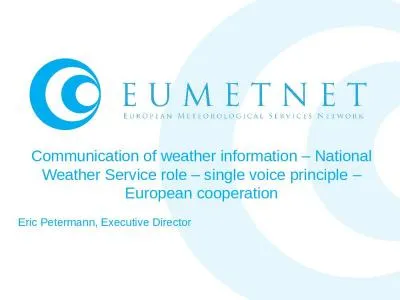PPT-All-Weather Wind Vector Measurements from Intercalibrated
Author : phoebe-click | Published Date : 2016-07-06
Thomas Meissner Lucrezia Ricciardulli Frank Wentz IGARSS 2011 Vancouver BC Canada July 26 2011 Outline Passive radiometer WindSat vs active scatterometer QuikSCAT
Presentation Embed Code
Download Presentation
Download Presentation The PPT/PDF document "All-Weather Wind Vector Measurements fr..." is the property of its rightful owner. Permission is granted to download and print the materials on this website for personal, non-commercial use only, and to display it on your personal computer provided you do not modify the materials and that you retain all copyright notices contained in the materials. By downloading content from our website, you accept the terms of this agreement.
All-Weather Wind Vector Measurements from Intercalibrated: Transcript
Download Rules Of Document
"All-Weather Wind Vector Measurements from Intercalibrated"The content belongs to its owner. You may download and print it for personal use, without modification, and keep all copyright notices. By downloading, you agree to these terms.
Related Documents

